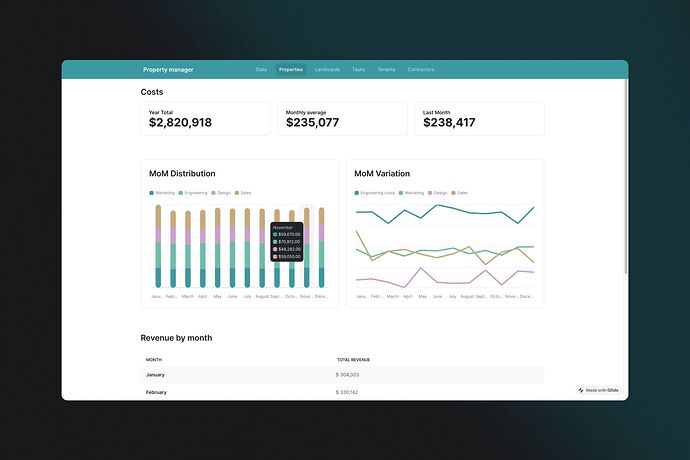Join our Big Tables webinar on Wednesday, May 31st at 12pm ET / 9am PT
Today, we’re thrilled to extend the scale of custom business software you can build in Glide with Big Tables, available now. ![]()
While a normal Glide Table is limited to 25,000 rows, Big Tables can support of up 10 million rows of data so you don’t have to worry about scaling your apps.
We’re excited to launch our own high-scale data source that doesn’t require customers to set up their own database. No more worrying about provisioning, hosting, regions, or migrations. With Big Tables, you can unlock the power of a database with the simplicity and ease of Glide. Learn more about Big Tables in our recent blog.
Unlock database features from day one
Businesses are already scaling their apps with Big Tables. We’ve added charts, rollups, and full-text search so you can visualize and make sense of massive amounts of data such as inventory, sales, orders, and more.
How to get started
Big Tables is available on Business and Enterprise plans. To get started, log in and select “New Big Table” in the tables menu of the data editor. You can also import data into a new Big Table by right-clicking the data source from the tables menu, selecting import, and choosing which files you want.
We can’t wait to see how you leverage Big Tables in your projects. Please let us know if you have any questions, and also, if you’re building with Big Tables, join us in the Big Tables community to share your experience!
David
P.S. Special thanks to our Glide Experts and beta community members for the invaluable feedback and engagement throughout the beta!

